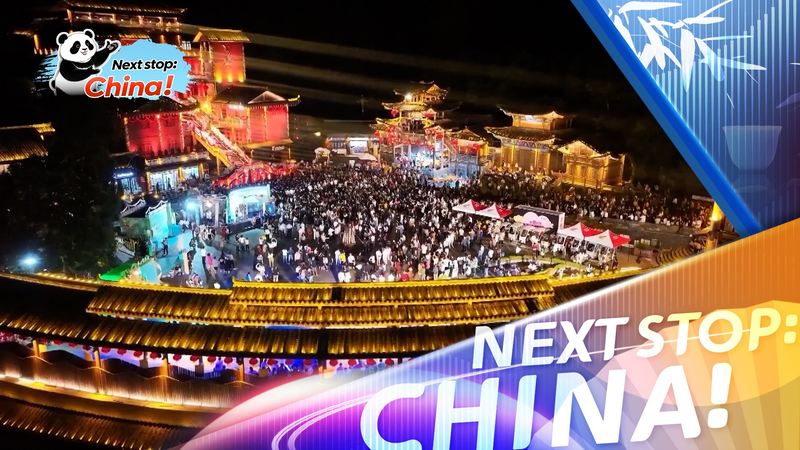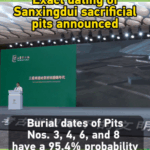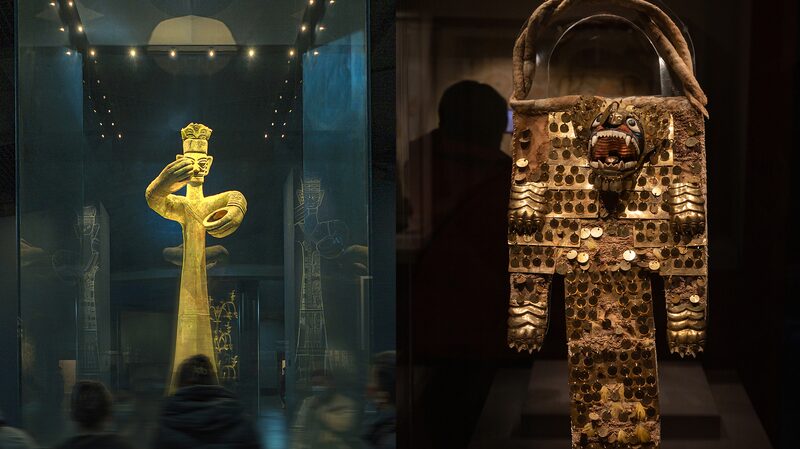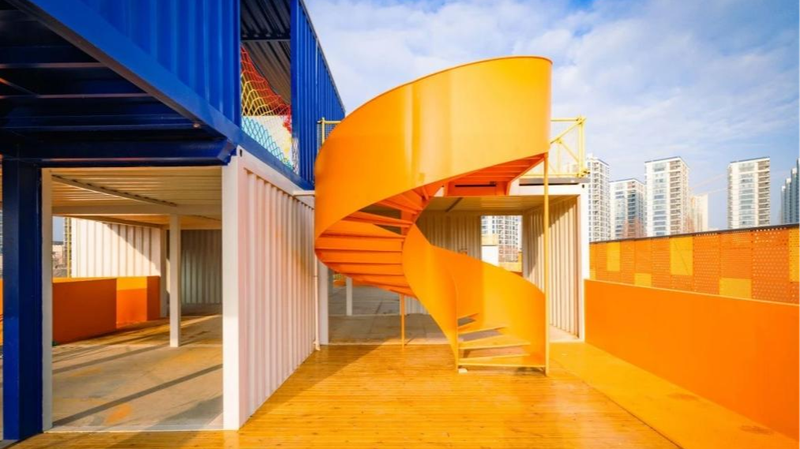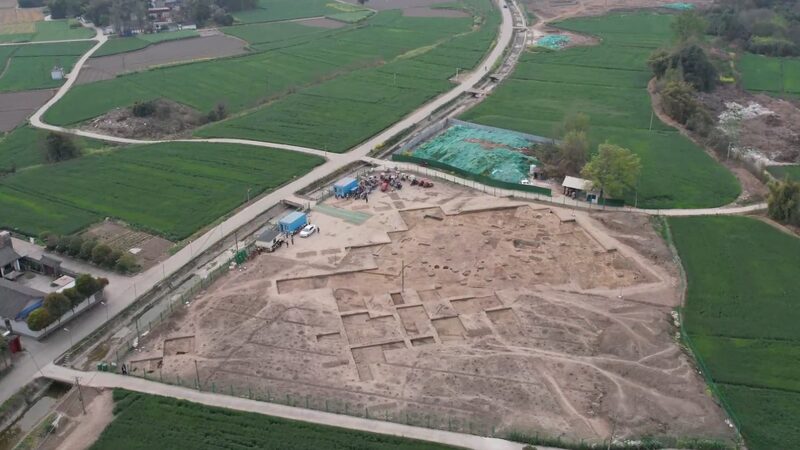The collaborative development of the Bashu Cultural Tourism Corridor by Sichuan and Chongqing has emerged as a transformative force in southwest China, blending ancient heritage with modern innovation to drive economic growth and tourism. Launched in 2020, the initiative has strengthened regional integration, with both areas co-hosting international festivals, curating themed travel routes, and developing cultural parks that highlight the region’s unique identity.
Ancient Roots, Modern Appeal
Rooted in the historical 'Bashu' region of the Sichuan Basin, the corridor connects UNESCO-listed sites like the 3,000-year-old Sanxingdui Ruins and the Dujiangyan Irrigation System with contemporary attractions such as panda-themed IPs and Sichuan’s famed spicy cuisine. Enhanced transportation networks now allow visitors to seamlessly explore ancient relics and vibrant markets, while creative cultural products—from artisan crafts to digital exhibits—bridge past and present.
Economic and Tourism Surge
By prioritizing infrastructure upgrades and cross-regional collaboration, the corridor has fueled a surge in domestic and international tourism. Analysts note increased investment in hospitality and retail sectors, particularly in Chengdu and Chongqing, where inbound travel has rebounded post-pandemic. Local businesses report rising demand for experiential tours, culinary tourism, and eco-friendly accommodations.
A Model for Regional Development
Officials describe the project as a blueprint for leveraging cultural assets to stimulate sustainable growth. Upcoming plans include expanding high-speed rail links and launching joint marketing campaigns targeting global travelers. For investors, the corridor underscores opportunities in China’s burgeoning cultural economy, projected to grow 8% annually through 2030.
Reference(s):
Bashu Cultural Tourism Corridor fuels economy and inbound boom
cgtn.com
